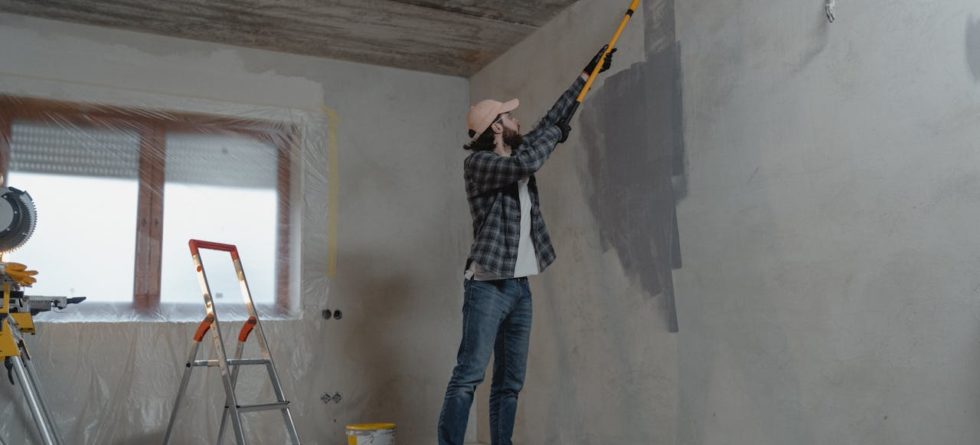A bad paint job can manifest in various ways, often resulting from poor technique, insufficient preparation, or low-quality materials.
Here are some common indicators of a bad paint job…
- Uneven Coverage – If the paint appears patchy or streaky, with areas of inconsistent color or texture, it indicates that the paint was not applied evenly.
- Drips and Runs – Excess paint dripping or running down walls, trim, or other surfaces suggests sloppy application or using too much paint at once.
- Brush or Roller Marks – Visible brush strokes or roller marks can detract from the smoothness and uniformity of the painted surface, indicating inadequate blending or improper technique.
- Peeling or Flaking – Paint that begins to peel or flake shortly after application suggests poor adhesion, likely due to inadequate surface preparation or using incompatible paint products.
- Cracking or Bubbling – Cracks or bubbles in the paint film can result from applying paint over a damp or dirty surface or using low-quality paint that lacks flexibility.
- Rough Texture – A rough or gritty texture on painted surfaces can occur when the paint is applied too thickly or when dust or debris becomes trapped in the wet paint.
- Color Mismatch – Significant discrepancies in color between different sections of a painted surface indicate poor color mixing or using paint from different batches.
- Bleed-through – Stains or discoloration that seep through the fresh paint indicate inadequate priming or failure to address underlying issues such as water damage or grease buildup.
- Paint Splatters – Splatters of paint on adjacent surfaces, trim, or floors indicate careless application and insufficient masking or protection of surrounding areas.
- Lack of Proper Preparation – Skipping essential preparatory steps such as cleaning, sanding, priming, or repairing damaged surfaces can result in a paint job that lacks durability and longevity.
A bad paint job can diminish the aesthetic appeal of a space, compromise its durability, and necessitate costly repairs or repainting. Hiring a skilled and reputable painter, ensuring proper surface preparation, and using high-quality paint and tools are essential steps to avoid these pitfalls and achieve a professional-looking finish.


Leave a Comment